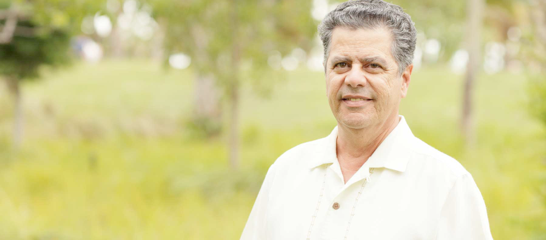




Treatment


Questions to Ask

Self-Care / Prevention
-
•Avoid high-fat foods. Don’t eat large meals.
-
•Get to and stay at a healthy body weight. If you are overweight, lose weight slowly (1 to 1-1/2 pounds per week). Do not follow a rapid weight loss diet unless under strict medical guidance.
-
•Eat a high fiber, low-fat diet.
Common Health Problems » Digestive & Urinary Problems

Do you have any of these problems?
-
•The skin and the whites of your eyes are yellow in color.
-
•Pain in your upper right abdomen with vomiting and/or a fever. Or, the pain goes away and comes back.

-
•A low-fat diet.
-
•Medicines to dissolve the stones.
-
•Lithotripsy. This is the use of sound waves to shatter the stones.
-
•Surgery to remove the gallbladder. This is the most common treatment. You can still digest foods without a gallbladder.
The gallbladder stores bile. This substance helps digest fats. Gallstones form when bile hardens into pieces of stone-like material. These deposit in the gallbladder or bile ducts (which carry bile to the small intestine). The stones can range in size from less than a pinhead to 3 inches across.
Signs & Symptoms
-
•Feeling bloated and gassy, especially after eating fried or fatty foods.
-
•Steady pain in the upper right abdomen lasting 20 minutes to 5 hours.
-
•Pain between the shoulder blades or in the right shoulder.
-
•Indigestion. Nausea. Vomiting. Severe abdominal pain with fever. Sometimes a yellow color to the skin and/or the whites of the eyes.
{Note: Gallstone symptoms can be hard to tell apart from heart-related or other serious problems. A doctor should evaluate any new symptoms.}
Causes
-
•A family history of gallbladder disease. Middle age.
-
•Obesity. Very rapid weight loss.
-
•Being female. Having had many pregnancies. Taking estrogen.
-
•Having diabetes. Having diseases of the small intestine.




2012 © All Rights Reserved - American Institute for Preventive Medicine | Disclaimer | Phone: 800.345.2476 | www.HealthyLife.com


